11 Rare Fiesta Ware Colors Worth Big Money
Fiesta is a beloved collector’s item, known for its vibrant colors and timeless design. Over the years, some colors have become incredibly rare and sought after by collectors. These unique pieces can be found in antique stores, online markets, and even family heirlooms. If you are lucky enough to come across one of these rare colors, you might be holding a valuable treasure. Keep reading to learn about the Fiesta colors that can command top prices.
This post may contain affiliate links, which helps keep this content free. Please read our disclosure for more info.
Medium Green
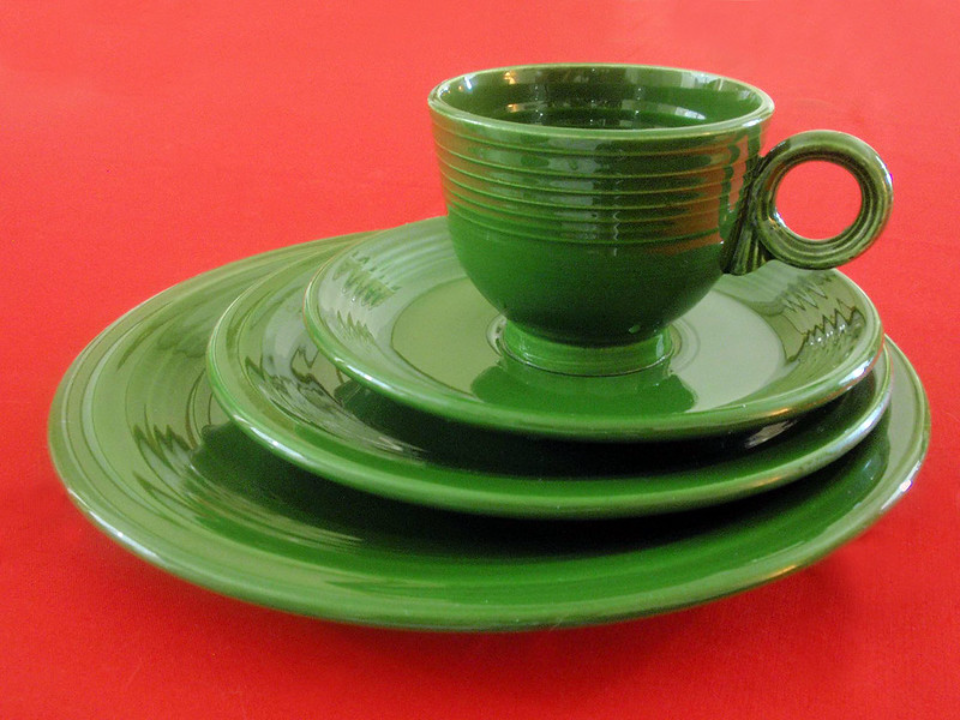
Medium Green is one of the most highly sought-after Fiesta colors. It was introduced in 1936 and discontinued in 1969, making it a rare find for collectors. The shade is a soft, rich green that brings a nostalgic feel to any collection. Pieces in good condition can fetch anywhere from $200 to $500, depending on the item and its condition.
Due to its limited production and long absence from the market, Medium Green holds significant value. The color is often found in dinner plates, bowls, and teacups. It is especially desirable in larger, well-preserved pieces. Collectors consider it one of the most iconic vintage colors in the Fiesta lineup.
Turquoise
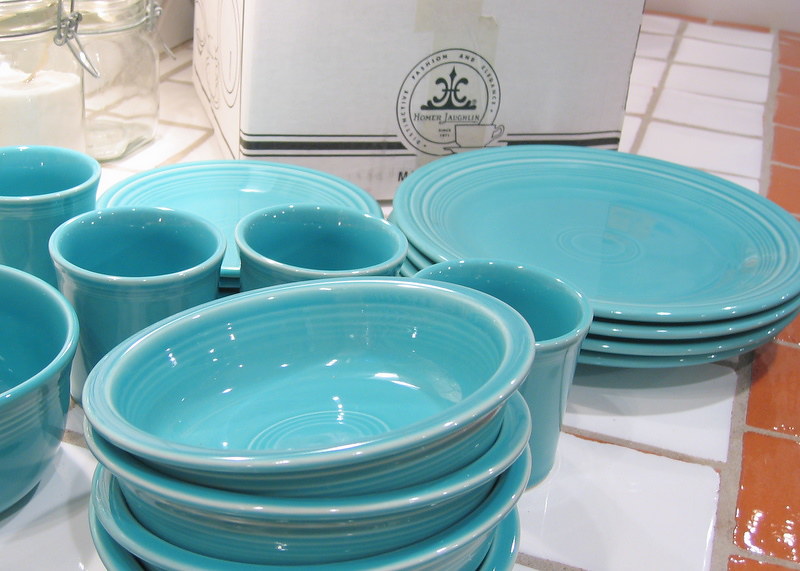
Turquoise, introduced in 1936, quickly became a favorite among collectors due to its bright, cheerful hue. This color was discontinued in 1973, which only adds to its rarity and appeal. Turquoise items in excellent condition can sell for up to $600, especially in pieces like pitchers or mixing bowls. Its vibrant tone makes it a standout in any collection, and it remains a top contender among collectors today.
The color’s popularity and beauty are key factors in its high market value. Pieces made in Turquoise are often found in larger sizes, such as bowls and vases, making them even more desirable. Finding a well-preserved item in this color can be a rare treat. It is a must-have for any serious Fiesta enthusiast.
Chartreuse
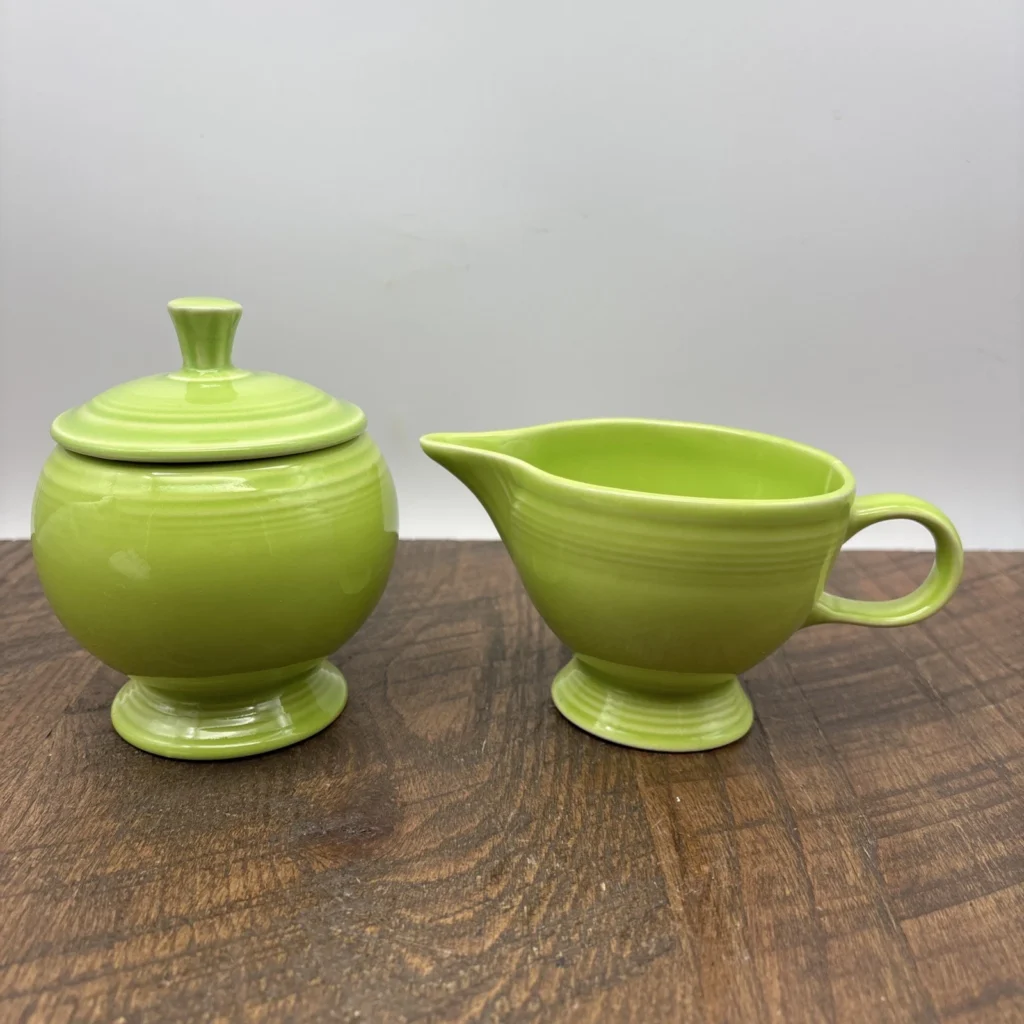
Chartreuse is a vibrant, yellow-green color introduced in the 1950s. It is one of the most unique and rare colors in Fiesta, making it highly valuable to collectors. The color was discontinued in 1969, and pieces from that era are prized for their rarity. Chartreuse items can fetch anywhere from $300 to $600, depending on the piece and its condition.
The boldness of Chartreuse makes it a standout in any collection, and finding well-preserved items in this color is a rare event. Collectors often search for specific pieces like mixing bowls and dinner plates in Chartreuse, as they hold the most value. This color is beloved for its eye-catching vibrancy and is a key piece in any serious Fiesta collection.
Ivory
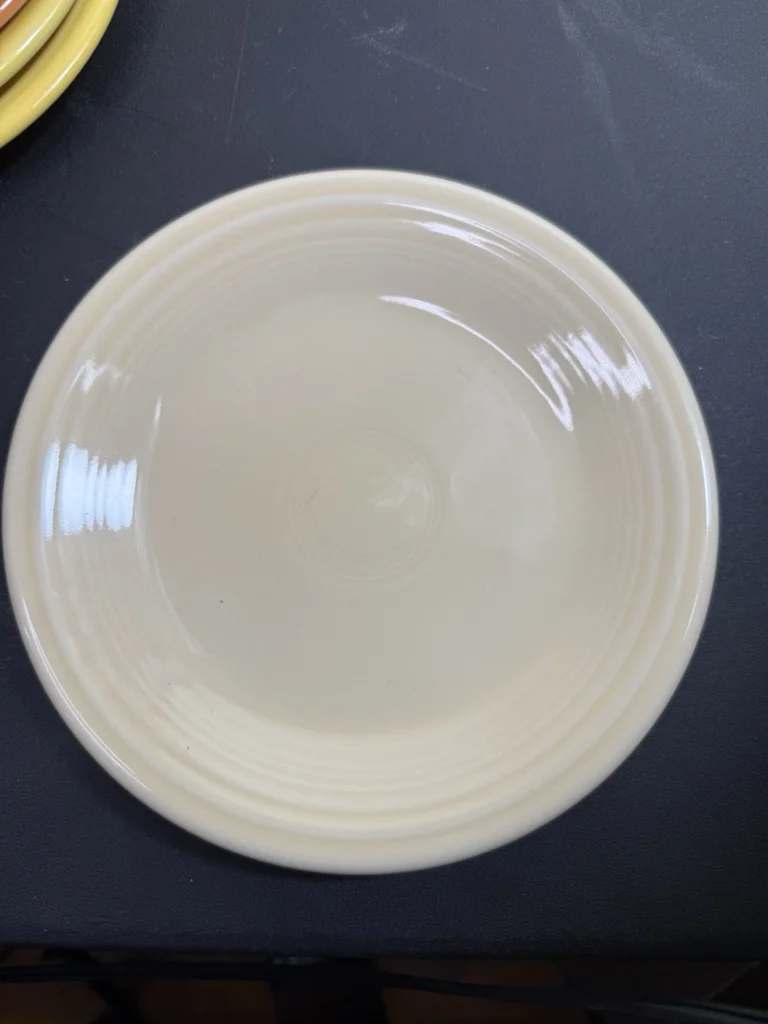
The Fiesta Ivory color is a classic and timeless shade that was introduced in 1986. While it may not be as rare as some of the older hues, Ivory is still highly valued among collectors, particularly in well-preserved pieces. The soft, creamy color adds elegance to any collection, and it is frequently found in dinnerware sets and serving pieces. Depending on the condition, Ivory pieces can sell for between $100 to $250.
Though Ivory was not discontinued as early as some other colors, its association with the later Fiesta designs makes it a favorite among modern collectors. The color’s subtlety and versatility make it a perfect match for many other vintage Fiesta shades. Collectors appreciate it for its simplicity and elegance, often seeking out large serving pieces or rare forms in this shade.
Sunny Yellow
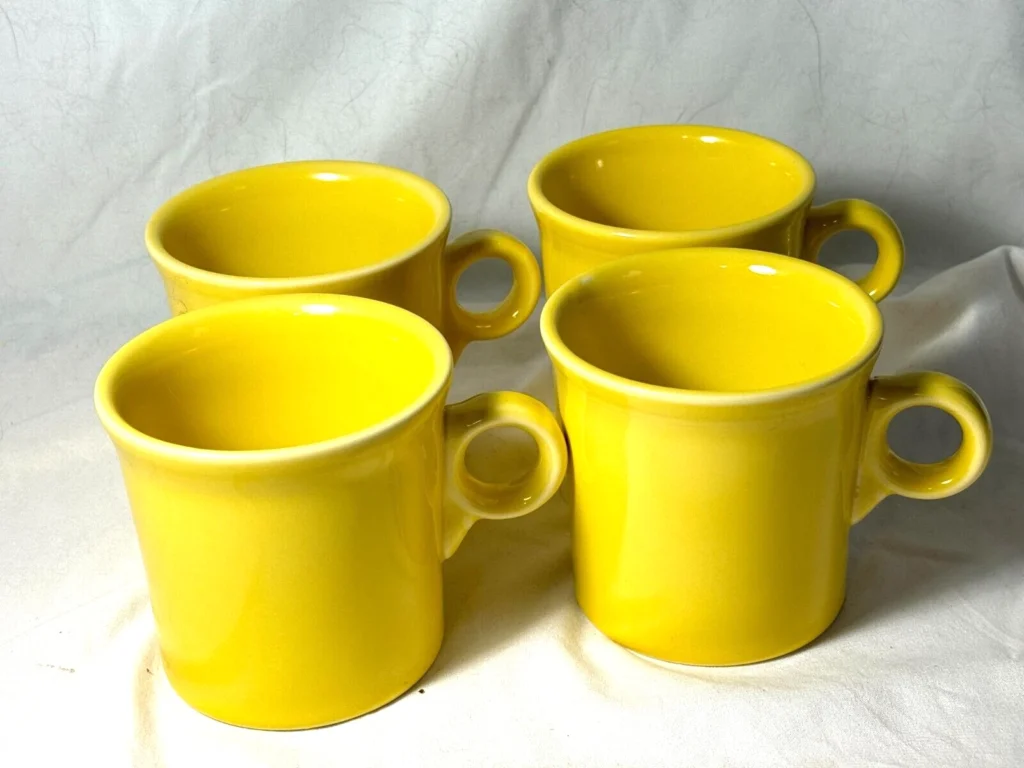
Sunny Yellow was first introduced in 1936 and quickly became a popular color in the Fiesta lineup. It remained in production until 1969, but its later reintroductions have failed to capture the same demand. Vintage Sunny Yellow pieces can sell for $200 to $400, particularly in larger items like serving bowls or pitchers. This bright, cheerful color remains a beloved part of Fiesta’s colorful history.
Collectors are drawn to Sunny Yellow for its cheerful and lively appearance. The color’s brightness has made it a popular choice for both tableware and decorative pieces. As more collectors seek rare and vintage Fiesta are, Sunny Yellow continues to rise in value, making it an essential color for anyone serious about their collection.
Rose
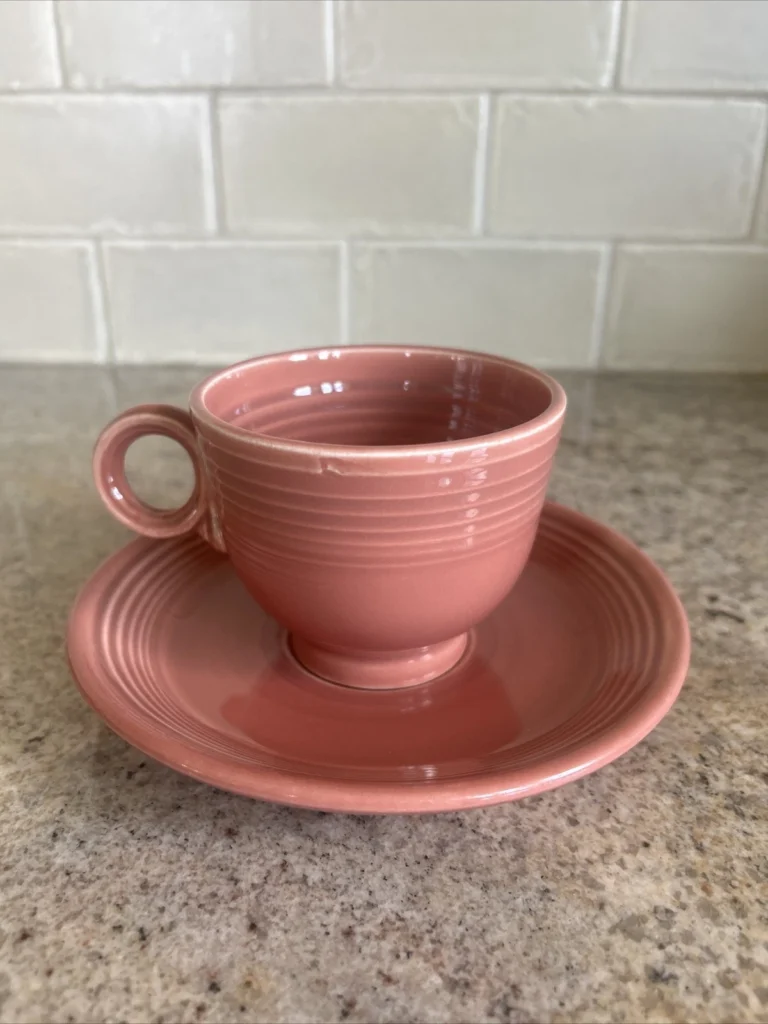
Fiesta’s Rose color was introduced in 1959, offering a soft pink hue that stands out among the brand’s more vibrant colors. While it was discontinued in 1969, pieces in Rose are still highly valued today. Depending on the item and its condition, Rose can fetch anywhere from $200 to $400. The color is especially sought after in pieces like dinner plates, bowls, and serving platters.
Rose’s gentle tone adds a delicate touch to any collection, and its rarity only increases its appeal. The color remains popular among collectors who appreciate its soft, vintage feel. Items in this shade are highly coveted for their connection to mid-century design, and they are often displayed as key pieces in vintage Fiesta collections.
Black
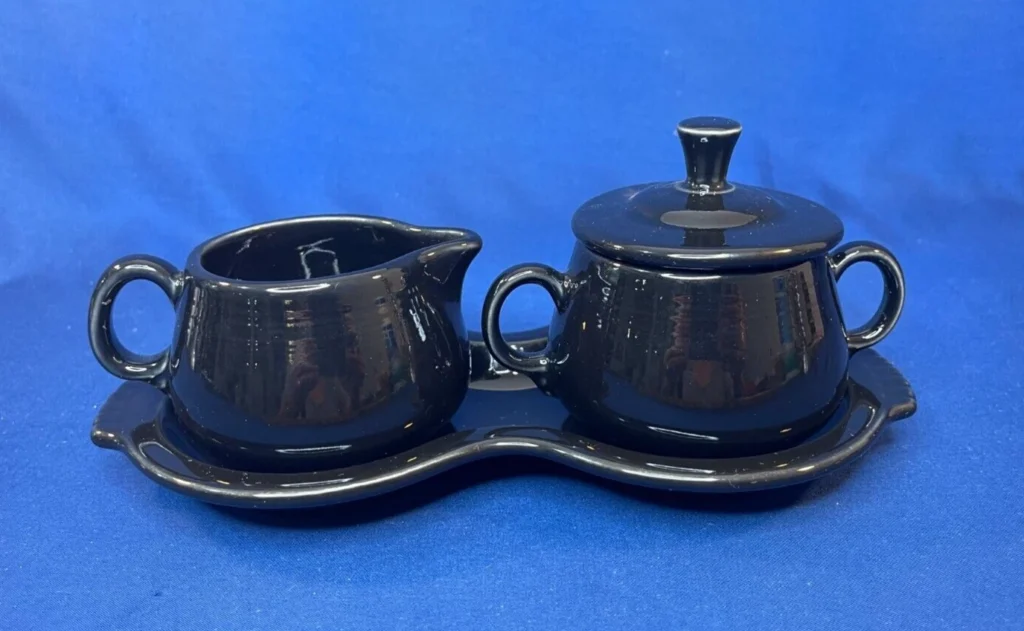
The black color is among the rarer shades, making it a valuable find for collectors. Introduced in 1986, Black was part of a limited production run, making it a standout in the later years of Fiesta Ware’s design history. Black items can be valued anywhere from $150 to $300, depending on the piece and its condition. This deep, bold color adds an elegant touch to any collection and is frequently found in dinner plates, cups, and bowls.
The introduction of Black in 1986 was a significant moment for Fiesta, marking a shift in design towards darker, more contemporary hues. Collectors appreciate Black for its timeless appeal and the way it contrasts beautifully with other Fiesta colors. As demand for unique and rare pieces grows, Black has continued to hold its value in the collectible market.
Plum
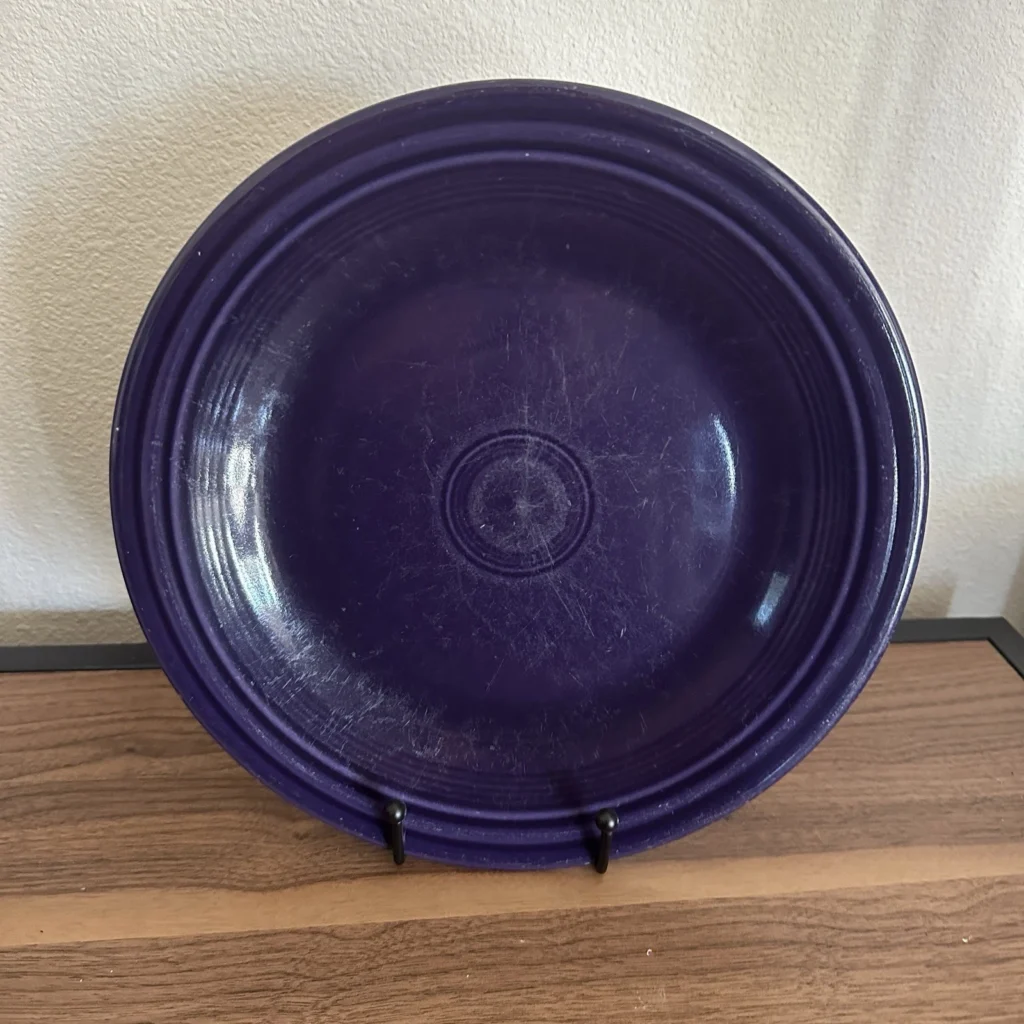
Plum, a deep and rich purple, was introduced in the late 1960s. It was produced for a limited time, making it a rare find for Fiesta collectors. Its deep, jewel-toned color brings sophistication and elegance to any collection, and well-preserved Plum pieces can sell for over $500. Items like vases, pitchers, and bowls in this color are especially prized.
The rich, regal hue of Plum sets it apart from the more common Fiesta colors. As with many rare Fiesta colors, its value is tied to its limited availability and the time in which it was produced. Collectors often find Plum items tucked away in antique shops or online markets, where they command a premium price due to their rarity and beauty.
Shamrock Green
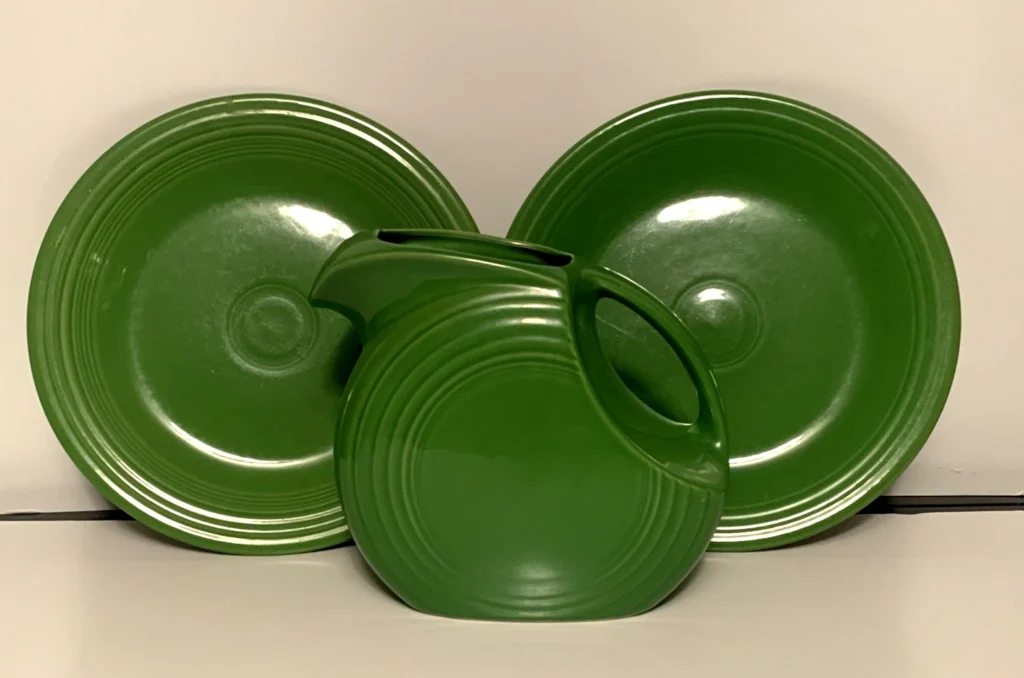
Shamrock Green was a color Fiesta produced briefly in the 1960s. This soft green color remains a rare find in the collector’s market today. Shamrock Green pieces are valued between $250 and $450, with larger or more unique items demanding higher prices. Collectors seek out pieces like pitchers and bowls, which were some of the most popular items made in this color.
The color’s calm, muted tone makes it an attractive addition to any collection, and its rarity ensures its value continues to rise. Shamrock Green was discontinued early, making it one of the lesser-known but highly sought-after Fiesta colors. As with many rare shades, finding an item in perfect condition adds even more value to the piece.
Apricot
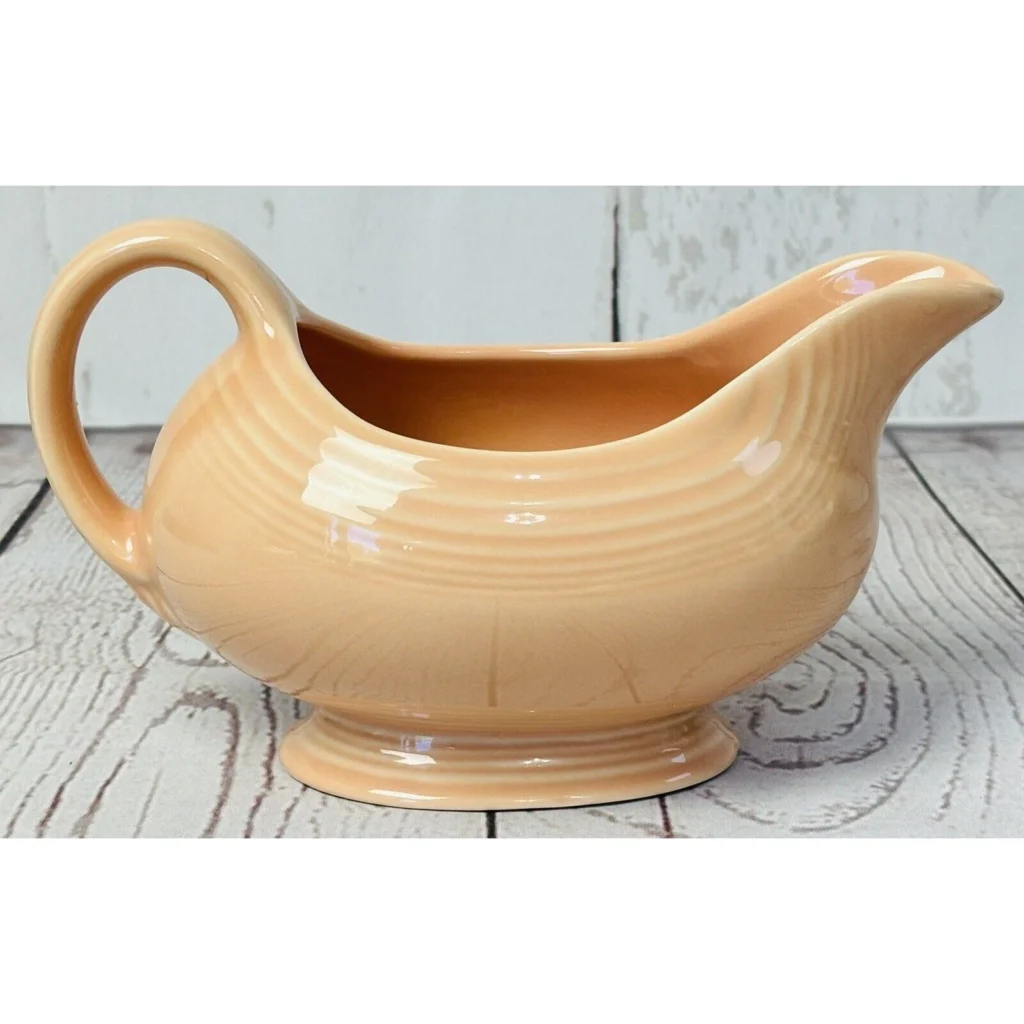
Introduced in 1960, Apricot is one of the lesser-known Fiesta colors but is highly valued by collectors. This warm, peachy color has a soft yet vibrant quality that makes it stand out among the more traditional shades. Apricot pieces can fetch anywhere from $150 to $350, depending on the piece’s size and condition. Items like small bowls and dessert plates in Apricot are the most sought after.
While it was not in production for long, the Apricot color continues to hold value due to its unique appearance and the rarity of well-preserved items. Collectors appreciate the soft warmth it adds to any collection. Due to its discontinued status, it is one of the colors many collectors are eager to find.
Gray
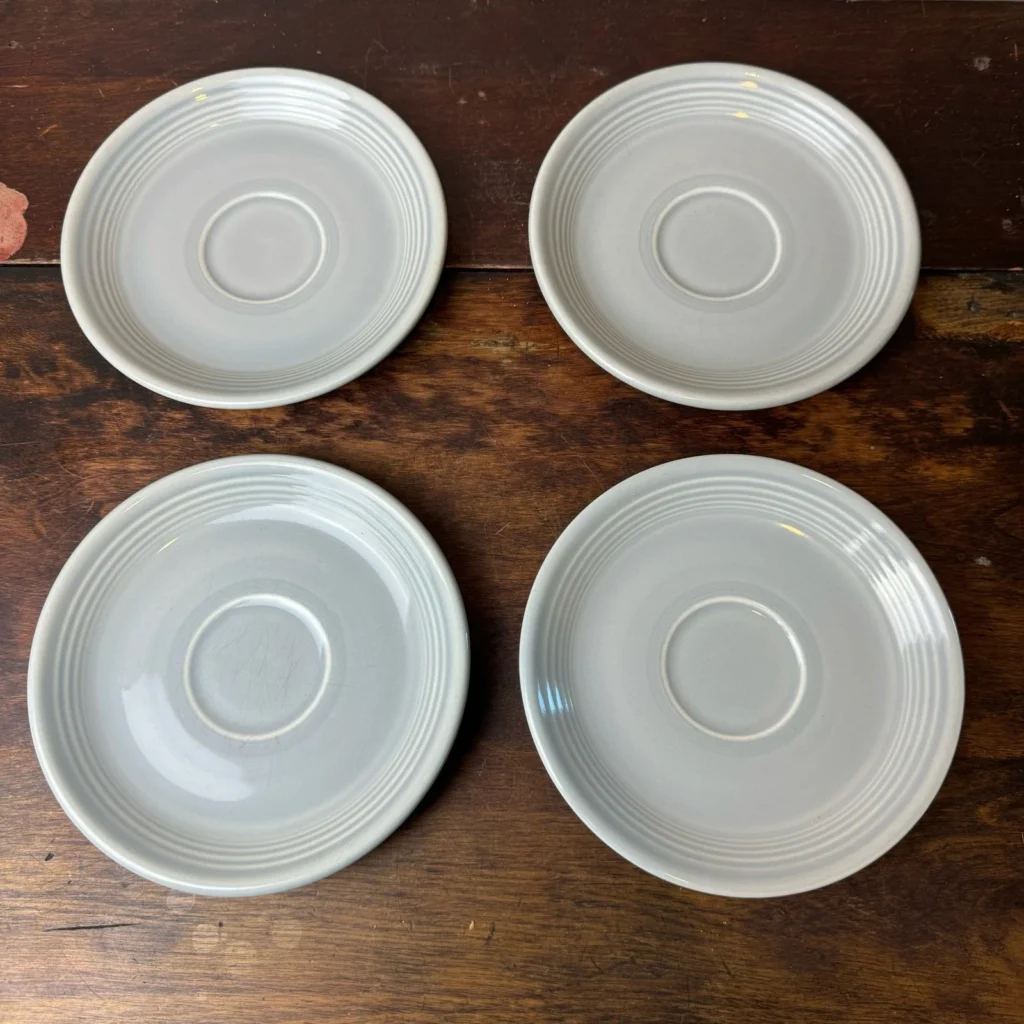
Gray was introduced in 1986 and is another modern addition to the collection. Though it is not as old as some other colors, Gray has still managed to become a rare find. Items in Gray, particularly those produced in limited runs, can be worth anywhere from $100 to $300. Its neutral tone complements many other Fiesta colors, making it a desirable choice for collectors.
The Gray color was part of a more contemporary wave of Fiesta designs that introduced darker, subtler hues. As more collectors seek out Fiesta items from this era, Gray continues to hold its value. Its understated charm makes it a perfect addition to both modern and vintage collections.
This article originally appeared on Avocadu.
